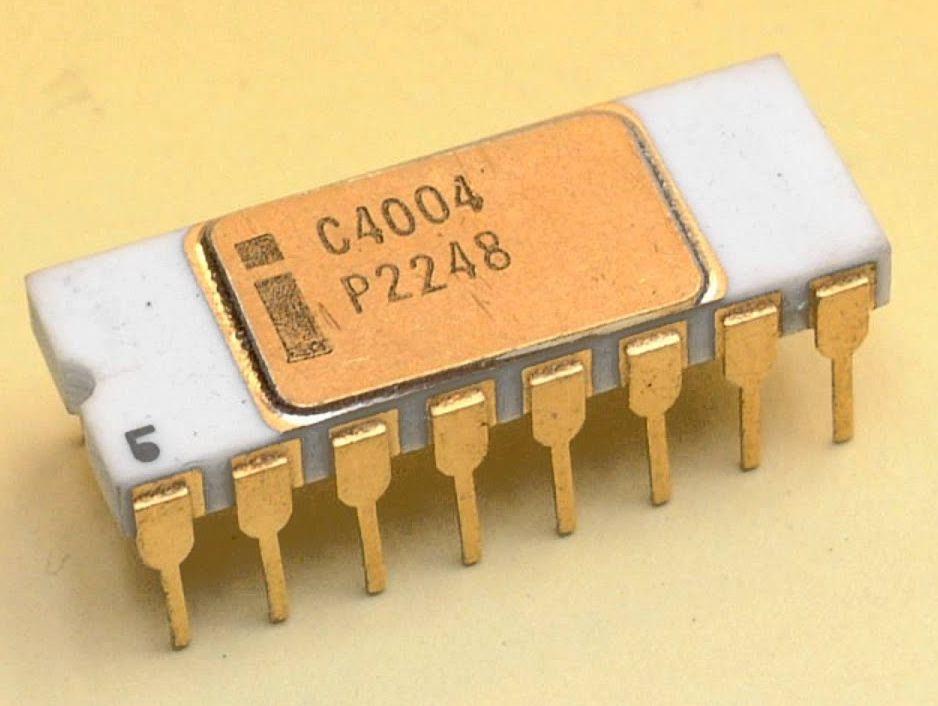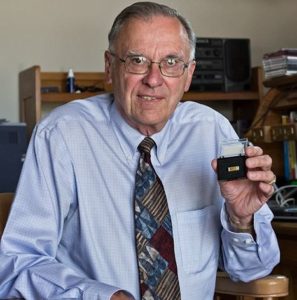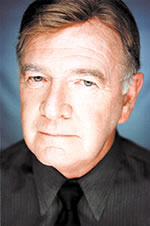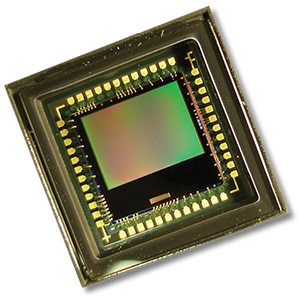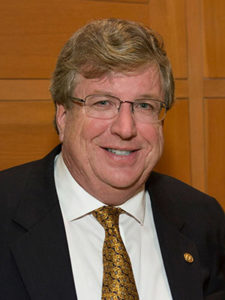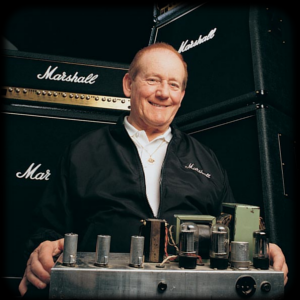Inventive Journey of James Dyson: From Failure to Success
James Dyson is a British industrial designer, billionaire businessman, farmer, and inventor, who established Dyson Ltd. He is best known for developing the dual cyclone bagless vacuum cleaner that employs the cyclonic separation principle. With an approximate wealth of £23 billion, he is the second-richest individual in the UK, as per the Sunday Times Rich List 2022.
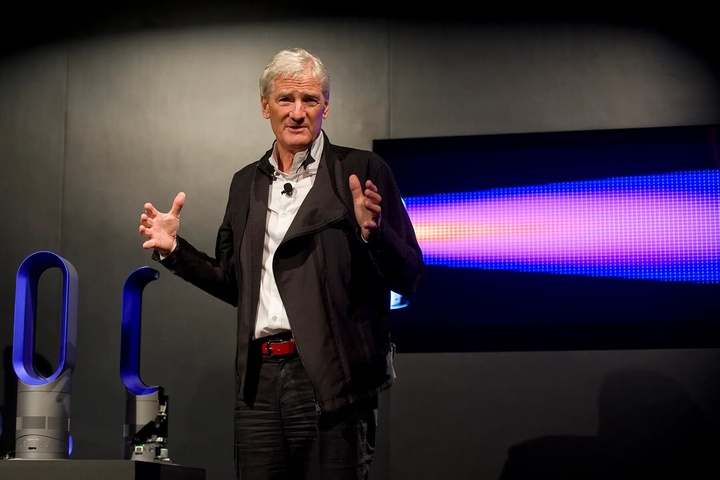
Early Life
James Dyson encountered many setbacks and disappointments from his earliest years. But he was adamant about making a significant impact on the world. While a student at the Royal College of Art in 1970, Dyson contributed to the creation of the Sea Truck.
His first unique creation, the Ballbarrow, was a wheelbarrow modified to use a ball in place of the wheel. This was covered by the BBC television show Tomorrow’s World.
Also Read: Alexandr Wang: From MIT Dropout to youngest billionaire
He made the decision to monetize this and build a company around it. James Dyson initially attempted to sell directly to the garden and home shops, but no one was interested, so he established a mail-order business and sold the Ballbarrows to customers.
While it was originally a huge success, over the period there was a decline and the business was engulfed in enormous amounts of debt. He made the decision to monetize this and build a company around it.
James Dyson initially attempted to sell directly to the garden and home shops, but no one was interested, so he established a mail-order business and sold the Ballbarrows to customers. While it was originally a huge success, over the period there was a decline and the business was engulfed in enormous amounts of debt.
Success Story
James Dyson was no longer trusted by anyone, but he wasn’t quite ready to give up. Despite being exhausted, despondent, and heavily in debt, he had plenty of creative ideas. His biggest strengths were in this. He proceeded to start over completely from the beginning.
Dyson came up with the concept of using cyclonic separation in the late 1970s to make a vacuum cleaner that would maintain suction as it gathered up dirt. After five years and roughly 5,127 prototypes, Dyson released the “G-Force” cleaner in 1983, partially funded by his wife’s income as an art instructor.
Dyson’s product was introduced in Japan via catalog sales because no maker or dealer would handle it in the UK because it would disrupt the lucrative industry for replacement dust bags. It received Japan’s International Design Fair Prize in 1991.
In 1980, he submitted a number of patent applications for his dual cyclone vacuum cleaner, EP0037674. Following the main manufacturers’ rejection of his invention, Dyson founded his own manufacturing business, Dyson Ltd.
The Dyson Dual Cyclone outsold some of the businesses that turned down his invention and went on to become one of the most well-known brands in the UK.
Also Read: From Engineer to Entrepreneur: The Rise of Kyle Vogt
From 1986 to 2001, Dyson leased the technology in North America to Fantom Technologies before entering the market on its own. As a result of his success, other significant makers started to sell cyclonic vacuum cleaners of their own.
Hoover (UK) was sued by Dyson in 1999 for violating their patent. According to the High Court, Hoover intentionally duplicated a key component of his patented designs when creating its Triple Vortex bagless vacuum cleaner line. Hoover consented to make a £4 million loss payment.
James Dyson has demonstrated to us the value of tenacity and creativity. His failure served as motivation for his achievement.

I am a law graduate from NLU Lucknow. I have a flair for creative writing and hence in my free time work as a freelance content writer.
